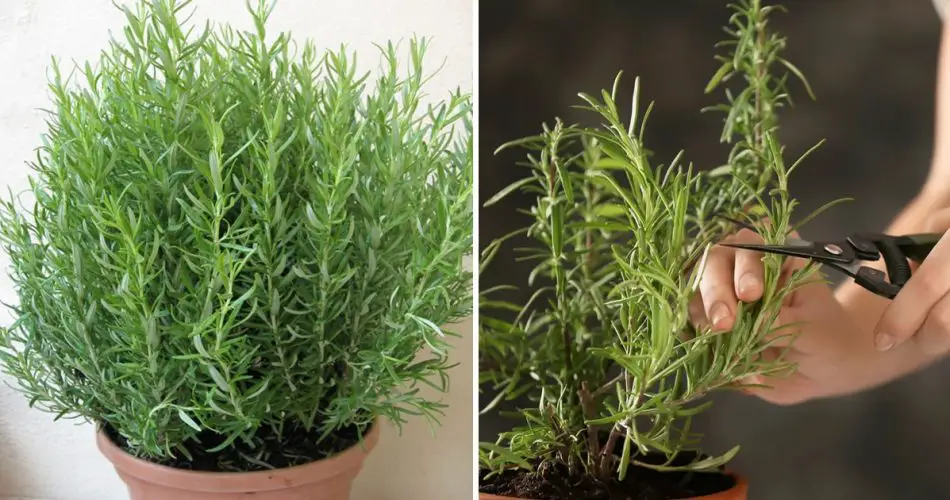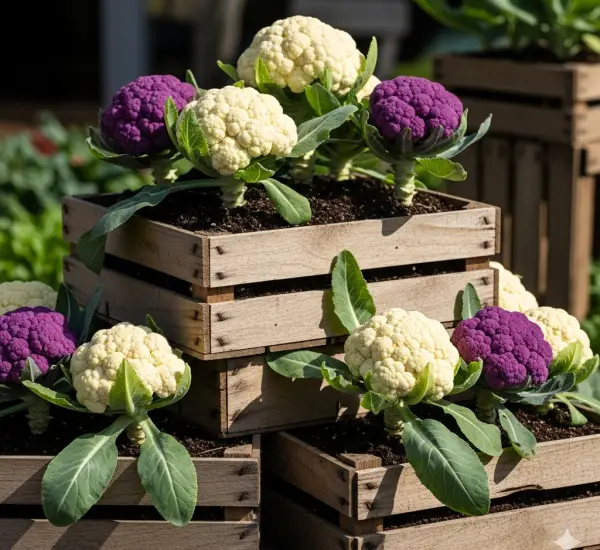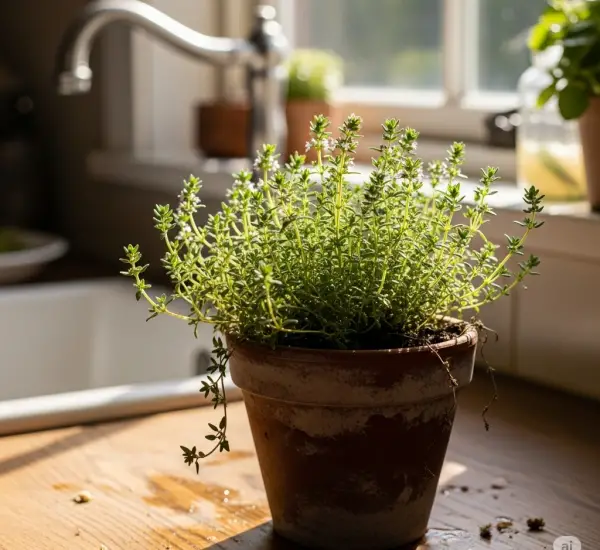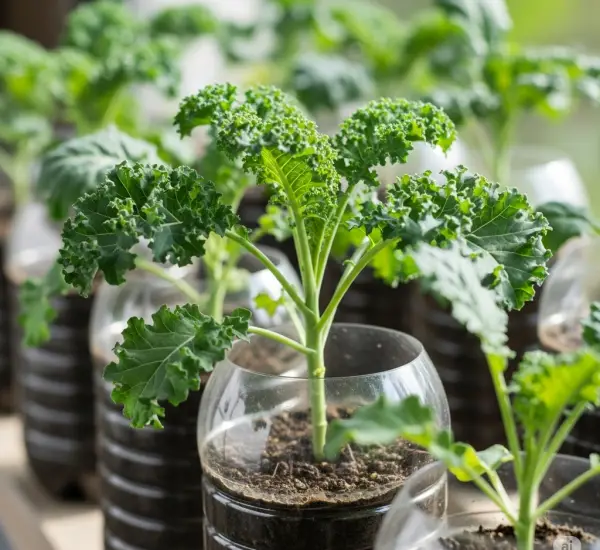Having plants at home is incredibly rewarding, especially when they are aromatic and can be used in the kitchen. Rosemary stands out as one of the most versatile and commonly used aromatic plants in our traditional cuisine.
However, it’s all too common to buy a rosemary plant, bring it home, and witness its slow decline, watching it wither away quickly. This can happen for various reasons, but fortunately, you can prevent it by following some simple rules.
If you, too, are looking to keep your rosemary plant thriving, try applying the following care tips to keep it healthy and lasting for years.
1. Right Location Rosemary originates from areas with a temperate climate, making it crucial to place the plant in a sunny location. Rosemary prefers sunlight and needs 6-8 hours of full sunlight.
If you live in an area with a harsh winter, use a protective cover on the plant during the coldest days and nights.
2. Good Drainage Rosemary requires dry, rocky, and permeable soil. Ensure that the soil is well-drained.
The roots of rosemary tend to rot with excess watering. You’ll notice this phenomenon as the plant starts drying from the bottom up.
3. Fertilizer Rosemary thrives in nutrient-poor soil, so there’s no need to apply fertilizer.
4. Watering Watering the rosemary plant should be infrequent. One way to check if it needs water is by inserting a finger into the soil and checking its moisture level.
5. Insects Rosemary plants are resilient against insects and other pests, although excess moisture can lead to the appearance and proliferation of fungi, manifesting as whitish powder.
In this case, apply a bit of neem oil, which is excellent against fungi and insects.
6. Pruning An aspect often underestimated when it comes to caring for rosemary plants is pruning. Every year, remove the weaker branches; minimal pruning is enough to provide the plant with the space it needs.
With proper care, your rosemary plant will soon transform into a bush and can last for many years.



